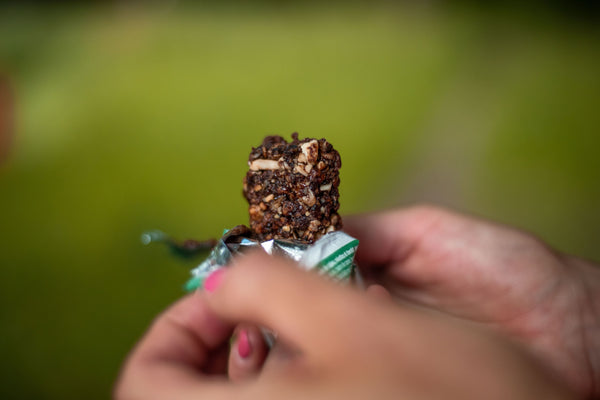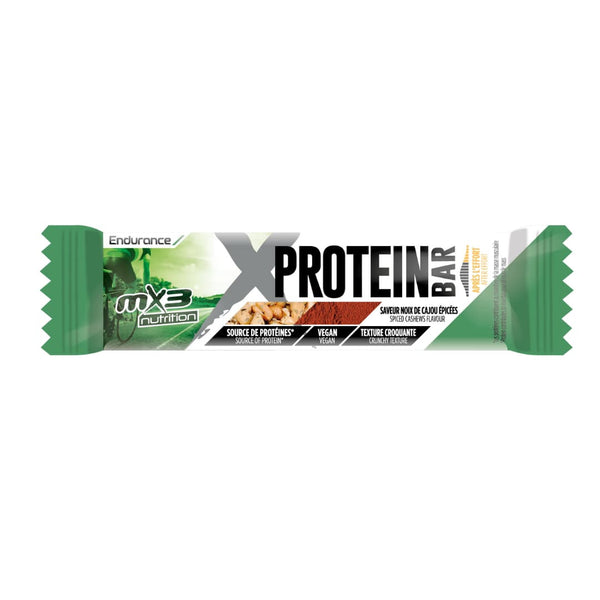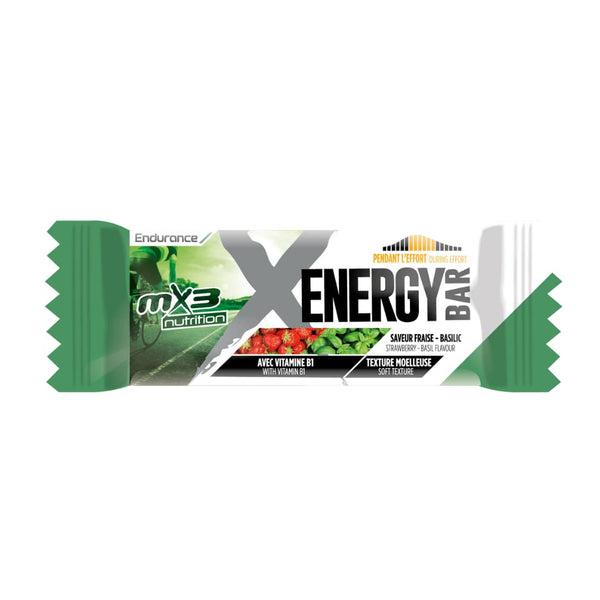Only ten crews per year attempt to cross Greenland from west to east. Along the Arctic Circle, the conditions are extreme and there are no supply points. In such an environment, to continue moving forward, food plays a decisive role. In May 2018, the 5 apprentice adventurers of the Engagés team set off to tackle this route for their very first polar expedition. Organization, preparation of rations, feelings, management of the unexpected, we return with them to their crazy experience in the white desert.

In May 2018, you set off with 5 entrepreneurs to cross Greenland from West to East in total autonomy. How did this crazy project come about and how was it organized?
The Genesis
At the origin of the Engagés project, a simple bet between two friends , a challenge thrown into the air during a hike in the Morvan. The idea took hold and the prospect of to measure ourselves against the Great North and against ourselves was more than tempting. A year later, here we are, propelled to Kangerlussuak, ready to Cross Greenland from West to East , in total autonomy. This is how a seemingly crazy idea can turn into a real project and an incredible adventure when taken seriously. So, dare!
The team
At that time, we were only two apprentice adventurers and still had to recruit teammates to build the Engagés team ! So we launched a call for volunteers on social networks and via our Facebook page. We were surprised to receive about twenty applications. We selected the people we felt closest to and who shared our values: commitment and humility . We then carried out several preparation expeditions as a group of five, which allowed us to discover each other more and get in tune before the big departure.
The equipment
The first difficulty in the preparation was to gather the polar equipment . We knew nothing about the environment and quickly discovered the importance of high-tech equipment. to be able to face the extreme conditions that awaited us. At the cost of many trips back and forth to Au vieux campeur, we finally gathered our extreme cold gear .
Hard training, easy war!
Of course, we couldn't ignore a intensive training . We knew that the The challenge would be physical first , but also and especially mental . We therefore had to prepare ourselves to hold out, to endure, to face extreme and constant cold, the solitude of long hours of walking in silence , and the loss of our bearings facing the white infinity.
The fuel
And finally, it was necessary to tackle the crux of the matter: the design and preparation of food rations daily.
For such an expedition, with extreme weather and physical conditions, many parameters (calorie intake, micro/macro nutrients, weight, etc.) must be taken into account to optimally construct your diet. How did you develop your rations for 30 days in total autonomy?
Developing food rations for this type of extreme adventure is very technical, you have to understand the context: 550 km to walk on the ice cap, a hostile and random environment and temperatures between -10°C and -30°C in real life, from which you still have to subtract the effect of the wind. We had no choice but to leave in total autonomy because there is not a soul alive in this desert of ice, and therefore no supply point . To meet these environmental constraints, our pack weighed 90 kg that we dragged on two pulkas .
Crossing Greenland means managing your energy reserves intelligently so as not to end up as an ice cube.
On a polar expedition, the Energy loss is twofold . The body uses the energy provided by food to maintain an optimal temperature , and thus guarantee the maintenance of vital functions , and for respond to physical effort : move forward and pull the pulkas. Designing the perfect ration therefore means finding the most balanced relationship possible between food value, weight and speed .
During our adventure, I was able to judge the pressure of the polar environment and the impact of the cold on the body. by deciding to increase my speed of progression at 3 km/h. This detail, which under normal conditions may seem trivial, had heavy consequences about my day: increased heart rate , sweating and a outgoing energy flow that can no longer be filled by food intake daily schedule. Hence the importance of clearly defining the energy loss and power supply parameters during the preparation phase and sticking to them.
After much specialist reading and on the wise advice of our guide, we determined an optimal ratio of 5000 kcal per 1 kg for our daily rations. It was also important for us to have varied, tasty, practical rations
Each ration included food for one pair for one day and was broken down as follows:
We had made them into a compact, rectangular set . This allowed us to easily store them in our pulkas and to ballast the bottom to balance them . The rations, like the petrol, also served as a weight standard . These were the elements that we could easily distribute between the pulkas if necessary. When one of the teammates was running low, as for example following the 3 km/h episode, a certain number of rations were distributed to the other pulkas in order to relieve him.
90 kg, that's the weight of a pulka at the start of the expedition. Each gram must be pulled over 550 km. In these conditions, each element is weighed and the ration is no exception to the rule. A single watchword: lots of energy and little weight
5 team members, 5 different physical profiles, and therefore different energy needs, how did you take this factor into account when organizing your rations?
We didn't take it into account and it was a mistake. The lightest of us weighed 70kg and the largest 90kg. Between the skinny cat and the Viking, there was a world of difference. And yet, we had planned identical rations . The Viking found himself literally torn by hunger from the middle of the expedition. He had a lot of trouble rationing and devoured everything that came into his hands. After 3 hours of walking, his stock of shopping supplies was empty and his stomach was reminding him of its good memories. This state of food stress even led him to abuse the collective stock of butter, discreetly of course! The expedition therefore faced a shortage of this precious butter a week before the arrival date, which penalized everyone. The lack of food is a real suffering in Greenland. The long hours of walking in absolute cold and in a monotonous landscape plunge the mind into a kind of wandering where it fixes on the slightest sensation of the body . Conversely, our skinny cat stored food throughout the expedition, he was in a surplus situation. You will tell me that all this is not optimal. You are right!
Did you have a chance to test your rations before the big departure? If so, did you make any adjustments to your initial plan?
It is difficult to test the entire ration because it is only suitable for the polar environment and it must prove itself over time. These are two conditions that we could not meet. Nevertheless, we tested some elements . The Chinese noodles, in order to determine whether to take two packets or three packets. We decided to take three packets. We also tested the MX3 freeze-dried foods , we wanted to make sure to choose the right recipes that would delight our taste buds after a day of polar effort, and to test the cooking times .
We also tried to get used to the Gerblés and their taste because they were going to be the basis of our diet in Greenland. Then, on a personal level, I also trained myself to drink olive oil and eat butter to accustom my body to digesting these heavy substances. I took with me 3 liters of olive oil in addition to the rations. I distributed them in the form of ice cubes to the three tents after the long days of walking. I used up the three liters in 15 days.

























